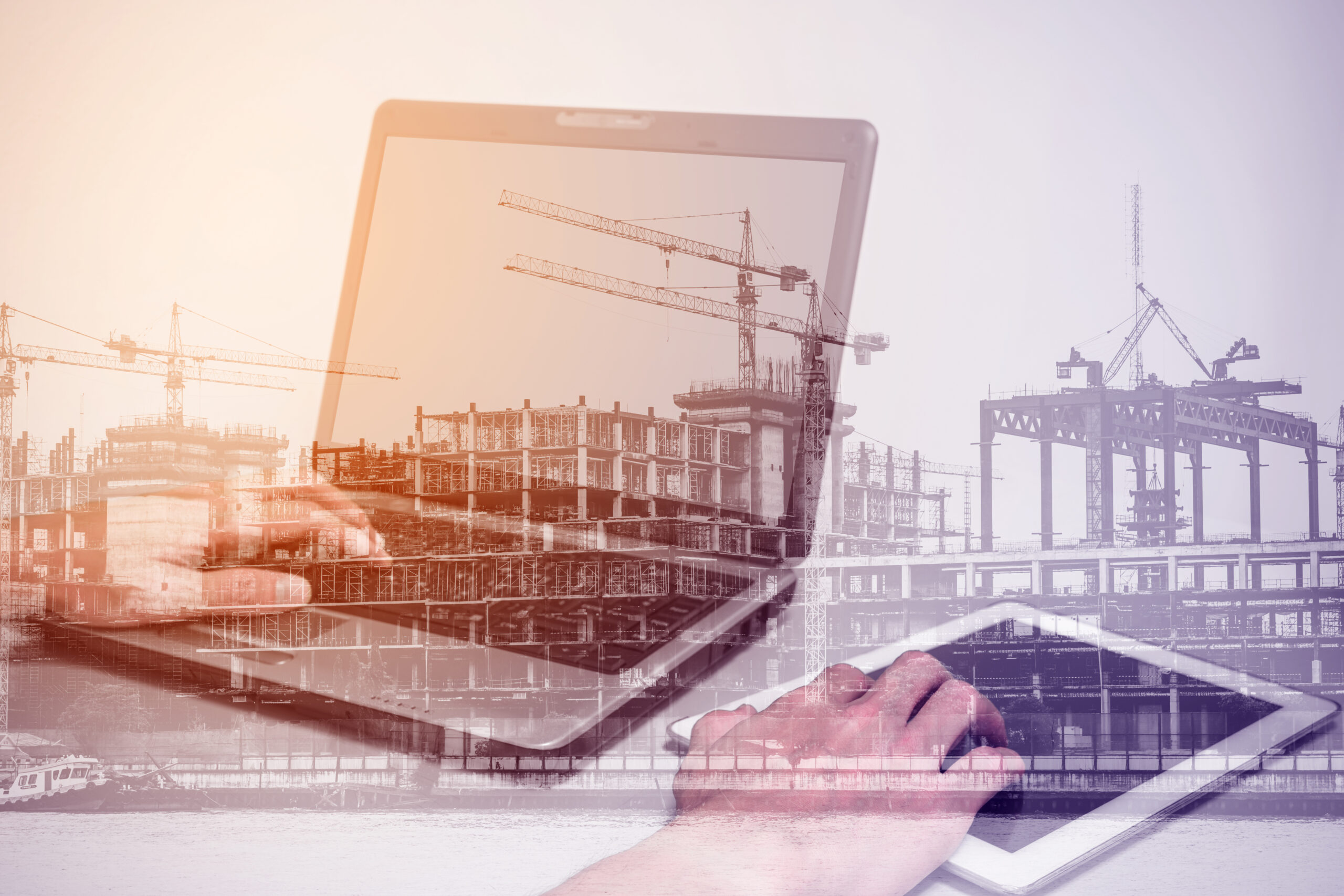When it comes to steel detailing software packages, DBM Vircon utilizes Tekla Structures and Autodesk Advance Steel to generate our workshop drawings. These 3D modelling platforms enable design, detailing, visualization and documentation for purposes as diverse as architectural and building systems and concrete and rebar, across civil, commercial and industrial projects.
However, while these off-the-shelf steel detailing software packages come complete with a myriad of in-built features and benefits, DBM Vircon customizes the packages to enhance their efficiency and efficacy.
Steel Detailing Software Used by DBM Vircon
Both Tekla Structures and Autodesk Advance Steel enable DBM Vircon to create 3D building information models. These highly accurate 3D models then allow DBM Vircon to produce 2D drawings and other deliverables, like CNC files for plate cutting and drilling.
DBM Vircon goes beyond traditional steel detailing services to deliver full lifecycle solutions, from early conceptual modelling to build-ready plans and data-rich asset management models, by leveraging our expertise with the latest 3D BIM technologies. DBM Vircon elects to use Tekla Structures and Autodesk Advance Steel because both software systems deliver a superior degree of accuracy and flexibility.
What is Tekla Structures?
DBM Vircon has been using Tekla Structures since 1996. In fact, we were one of the first companies to use ‘Xsteel’, as Tekla Structures was known then, and we were the original reseller for Australasia.
Tekla Structures facilitates the creation of precise and data-rich 3D models which are suitable for all stages of a project’s lifecycle, from planning and construction to maintenance and management.
Tekla can create and generate models up to LOD 500 — the highest level possible — making these models truly constructible. Last but by no means least, Tekla models also help facilitate easy collaboration between all stakeholders by being IFC4 certified, supporting software interoperability.
What is Autodesk Advance Steel?
Autodesk Advance Steel is a 3D modelling software that can be used for steel detailing, design, fabrication and construction. One of the key benefits of Autodesk Advance Steel is its bi-directional link with Autodesk Revit, which facilitates a seamless transfer of data between programs for collaboration between engineers and steel detailers.
Both Tekla Structures and Autodesk Advance Steel offer an intelligent design toolset and large library of intelligent parametric elements and connections, which enable automation of repetitive tasks.
Why DBM Vircon Customizes its Own Steel Detailing Software
Early on, DBM Vircon recognized the need to move from 2D models to 3D models. However, to do this, we needed to change our internal processes and workflows.
Whilst standard, off-the-shelf platforms like Tekla Structures and Autodesk Advance Steel are powerful in their own right, DBM Vircon has chosen to customize the modelling environment and develop our own plugins to enhance modelling outcomes, support internal workflows and improve quality assurance and accuracy.
This focus on accuracy is vital, particularly as 3D models are used to collaborate with a variety of trades, from mechanical, electrical and plumbing through to architectural, and there is an exchange of models throughout the design, planning and construction processes.
Superior Quality Assurance
The accuracy of the 3D model that DBM Vircon creates is dependent on the quality of the inputs made to the model. As such, the software development undertaken has focused on the way in which data, solid elements and metadata are inputted into a model, and how that data is automated in terms of validation and the ability to export.
Seamless Management of Data and RFIs
In steel detailing, information is gathered from external sources, including architectural, structural, and mechanical drawings or models. However, there can be misalignment issues between trades and some drawings can be missing critical design information. If there is an issue on the design documents, DBM Vircon must raise a Request For Information (RFI) for clarification.
DBM Vircon has developed many processes regarding RFIs, including the way in which information is requested, how the information is tracked once it is received, and how the information is incorporated into the model. Using these processes helps to guarantee that the information is gathered and tracked in such a way that there is no confusion, cross-over or further missing information. By tracking the RFIs using this method, the final construction model becomes the single point of truth.
Accurate Management of Changes
With steel detailers increasingly involved in projects at an earlier stage of design to reduce the overall construction timeline, 3D models are subject to frequent design iterations adding to the complexity of the modelling process – opening up the possibility for errors. As such, DBM Vircon has developed proprietary methods that enable changes to the model to be tracked throughout the production process. That means if changes are made partway through a project, DBM Vircon’s customized software can handle them efficiently, without disrupting the process, or slowing down the project unnecessarily.
To further manage the modelling and revision process, DBM Vircon has developed software to control who can access a model, and which elements of the model they can access, to eradicate conflicts between modelers. This is particularly pertinent given that DBM Vircon has 10 offices all around the world, all of which might work on a single model simultaneously.
Clarification of Constructability Issues
Whilst off-the-shelf software platforms can produce a 3D model of a finished structure, ready for construction, DBM Vircon has developed its own tools to create models at different stages of construction. For example, if a project has complex cambers and pre-sets for when a structure is being built, the model needs to replicate the different stages of construction. The camber and pre-sets are built into the long and heavy sections that will eventually be pushed down flat, into their final as-built position. With the cambering affecting the fitup of elements, member cuts and connection members must be adjusted to allow for the different phases of erection. DBM Vircon’s tools provide fabricators with the data needed to ensure the erectability of such complex connections.
Conclusion
When it comes to major projects, what matters most to general contractors, owners, and fabricators is usually the contructibility of the asset, and the assurance that both budget and timeline expectations will be met. Like most things these days, the solution to both is likely a great use of technology and proven experience. Customization of technology is one of the critical elements that we use at DBM Vircon to meet the needs of the construction industry to ensure that margins remain uneroded, and our credibility remains as strong as our clients’.



